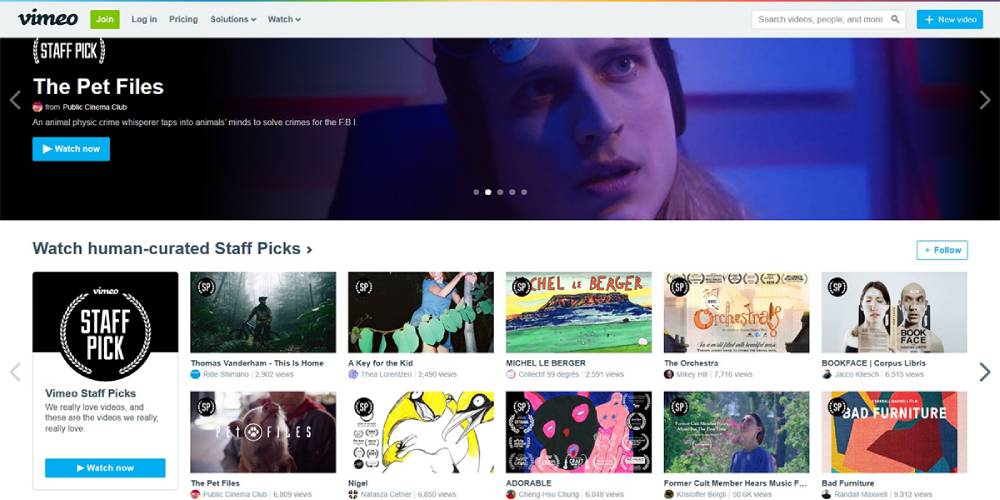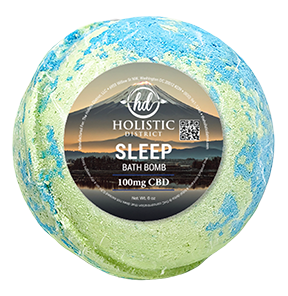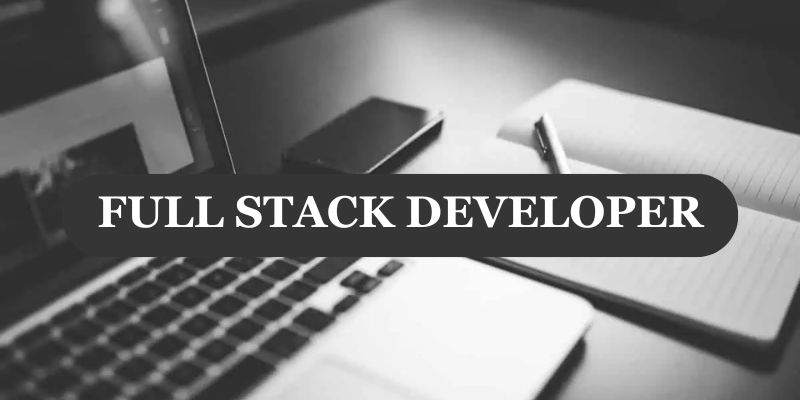Diversifying Your Video Content: 6 Non-YouTube Videos You Need to Know

In today’s digital landscape, video content has become a dominant force in entertainment, education, marketing, and beyond. While YouTube remains a powerhouse in the world of online videos, there are numerous other platforms and formats that offer unique and compelling content experiences. In this comprehensive guide, we’ll explore six non-YouTube video platforms and formats that you need to know about, each offering its own distinct advantages and opportunities for creators and viewers alike.
1. Vimeo:
Vimeo is a video-sharing platform that emphasizes high-quality content and creative expression. Unlike YouTube, which caters to a wide range of creators and content types, Vimeo has cultivated a reputation as a platform for filmmakers, artists, and professionals looking to showcase their work in a more curated and artistic environment. With features such as customizable video players, advanced analytics, and support for high-definition and 4K video, Vimeo provides creators with the tools they need to showcase their talent and reach a discerning audience.
2. TikTok:
TikTok has taken the world by storm with its short-form video format and addictive content. Originally known as Musical.ly, TikTok allows users to create and share short videos set to music, sound bites, or voiceovers. With its easy-to-use editing tools, built-in effects, and algorithm-driven feed, TikTok has become a breeding ground for viral content and emerging creators. From dance challenges to comedy sketches to educational content, TikTok offers a diverse range of video content that appeals to a wide audience of users.
3. Instagram Reels:
Instagram Reels is a short-form video feature integrated within the Instagram platform. Similar to TikTok, Reels allows users to create and share short videos set to music or audio clips. With its built-in editing tools, augmented reality effects, and seamless integration with Instagram’s existing features, Reels provides users with a versatile platform for creative expression and storytelling. From lip-syncing performances to cooking tutorials to behind-the-scenes glimpses, Instagram Reels offers a dynamic and engaging way for users to share their lives and interests with their followers.
4. Twitch:
Twitch is a live streaming platform primarily focused on gaming and esports content, but it has expanded to include a wide range of other content categories, including music, art, cooking, and talk shows. With its interactive chat feature, emote system, and subscription-based monetization options, Twitch fosters a sense of community and engagement among viewers and creators. From live gaming sessions to creative streams to live performances, Twitch offers a dynamic and immersive platform for creators to connect with their audience in real-time.
5. TED Talks:
TED Talks is a platform for short, powerful presentations on a wide range of topics, including technology, entertainment, design, science, and global issues. Unlike traditional video-sharing platforms, TED Talks focuses on thought-provoking ideas and inspirational storytelling, with each talk delivered by a renowned expert or innovator in their field. With its emphasis on quality over quantity, TED Talks provides viewers with a curated selection of videos that inform, inspire, and challenge their perspectives on the world.
6. LinkedIn Video:
LinkedIn Video is a feature within the professional networking platform that allows users to create and share video content related to their careers, industries, and interests. From industry insights to career advice to personal anecdotes, LinkedIn Video offers professionals a platform to showcase their expertise, build their personal brand, and connect with peers and potential employers. With its focus on professional development and networking, LinkedIn Video provides a unique opportunity for users to engage with a targeted audience of professionals in their field.
Why Diversify Your Video Content?
Diversifying your video content across multiple platforms and formats offers several benefits for creators and brands:
- Reach New Audiences: Each video platform attracts a different audience demographic, allowing creators to reach new viewers who may not be active on other platforms.
- Explore Different Formats: Each video platform offers unique features and formats that cater to different content types and audience preferences, allowing creators to experiment with new styles and storytelling techniques.
- Maximize Visibility: By distributing content across multiple platforms, creators can maximize their visibility and exposure, increasing the likelihood of reaching a larger audience and attracting new followers or subscribers.
- Build a Stronger Brand: Diversifying video content can help creators and brands build a stronger online presence and brand identity, positioning them as thought leaders or experts in their respective fields.
Conclusion:
In a digital landscape dominated by YouTube, exploring alternative video platforms and formats can offer creators and brands new opportunities for creativity, engagement, and growth. From Vimeo’s emphasis on artistic expression to TikTok’s addictive short-form content to Twitch’s live streaming community, each platform offers its own unique advantages and opportunities for creators to connect with audiences in meaningful ways. By diversifying video content across multiple platforms and formats, creators can expand their reach, engage with new audiences, and build a stronger and more resilient online presence in the ever-evolving world of digital media.









